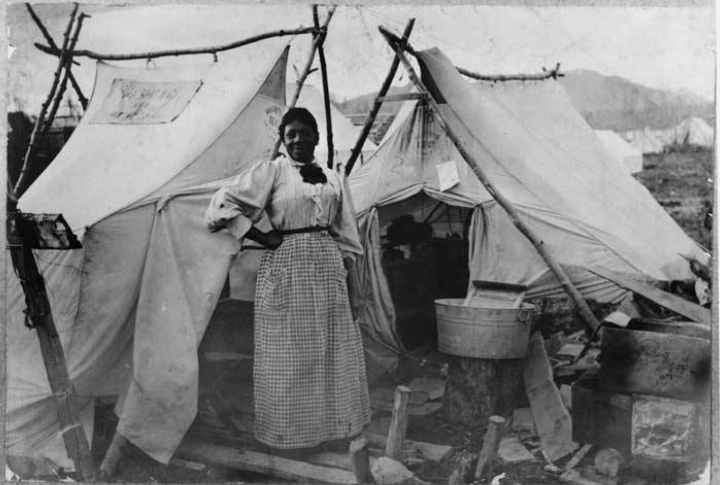
The gold rush era was a defining chapter in the story of modern America, where dreams of instant wealth lured thousands to the untamed frontiers. This term refers to the sudden migration of people to areas where gold has been discovered, typically leading to the rapid development of those regions. As people risked everything for a shot at fortune, they helped shape the economic, cultural, and political environment of the nation, and today, we shed light on nine of these famous quests.
The California Gold Rush
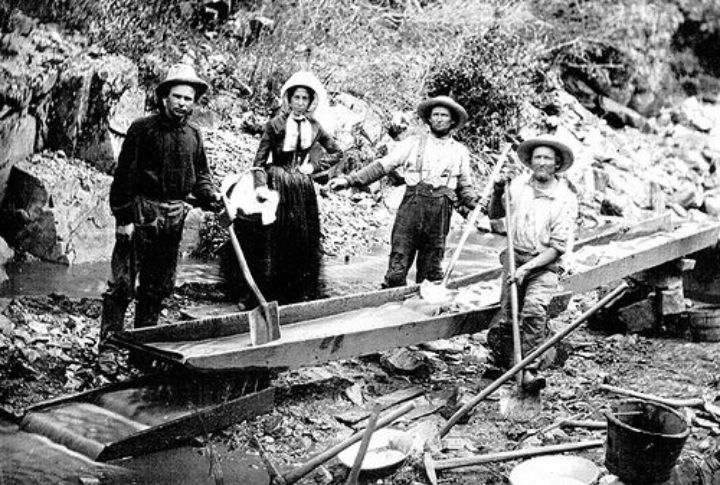
Perhaps the most famous was the California Gold Rush, which started when James W. Marshall came across some gold at Sutter’s Mill in 1848. News of the discovery quickly spread, drawing around 300,000 prospectors to California from around the world in what became a global event.
The Aftermath

Unfortunately, the rush caused environmental damage and contributed to the displacement of Native American communities. Many indigenous societies were ambushed, and the natives were pushed off their lands by gold miners. Moreover, the gold rush attracted several miners from Latin America, Asia, and Australia.
The North Carolina Gold Rush

The first significant gold discovery in the United States occurred in 1799 in Cabarrus County, North Carolina, when a young boy called Conrad Reed stumbled upon a 17-pound gold nugget. For nearly 30 years, North Carolina was the nation’s largest gold producer, and the rush brought a wave of prospectors and miners to the region.
New Immigrants
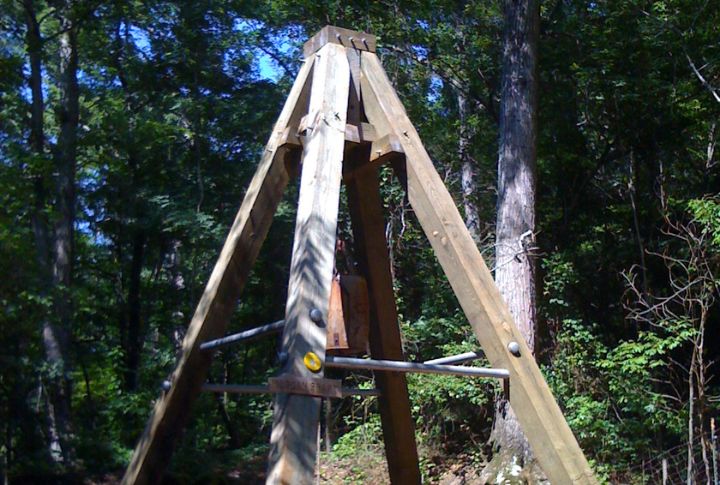
Farmers mainly did mining at the end of every farming region. However, by the 1830s, they decided to use lode mining, which attracted immigrants from England to the area. Miners from Cornwall, England, built ore mills that resemble those in England. This resulted in almost 600 mines operating at the same time.
The Black Hills Gold Rush
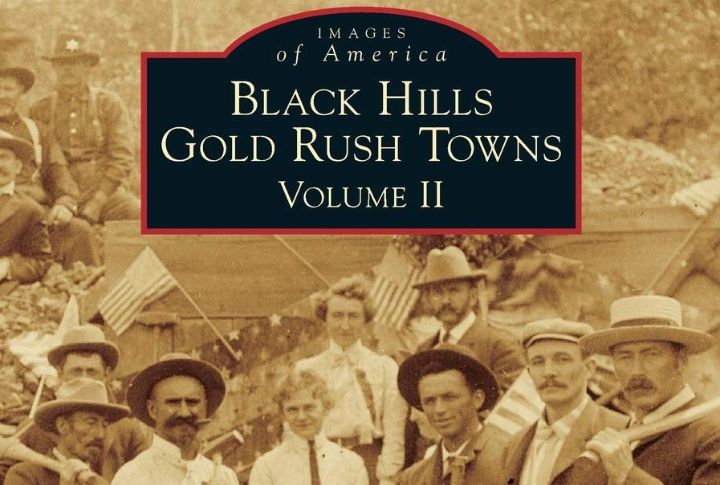
In 1874, the Black Hills Gold Rush began after General George Custer’s expedition discovered gold in the Black Hills of South Dakota. The news of gold triggered an influx of miners and settlers into the area, even though the Black Hills were considered sacred land by the Lakota Sioux and had been guaranteed to them by treaty.
The Conflict

Louis Thoen found some gold at Lookout Mountain, but the natives allegedly wiped out his party. In 1874, a party of 1000 men arrived in the region, and the Sioux and the Cheyenne fought for their land. The conflict lasted more than a year and ended with the taking of the land from the Sioux and the establishment of Indian reservations.
The Georgia Gold Rush
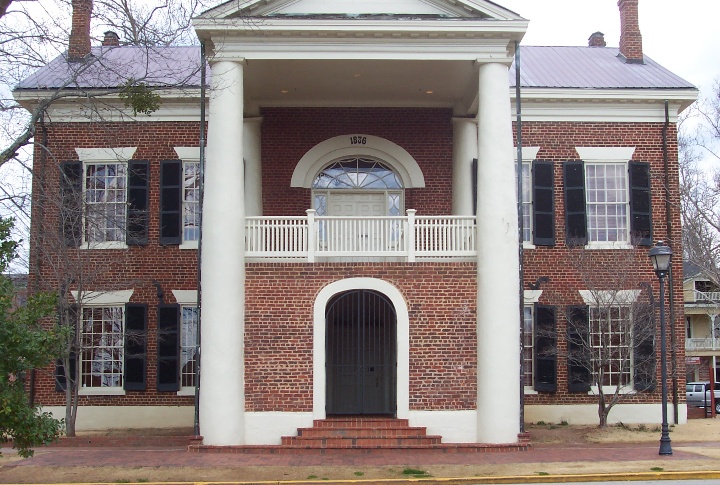
Thousands of miners and prospectors flocked to Georgia after gold was discovered in the northern part of the state, which was one of the first significant migrations for gold in the US. This rush played a pivotal role in Georgia’s development but also fueled the US government’s removal of Native Americans from the region.
Who Did It First?
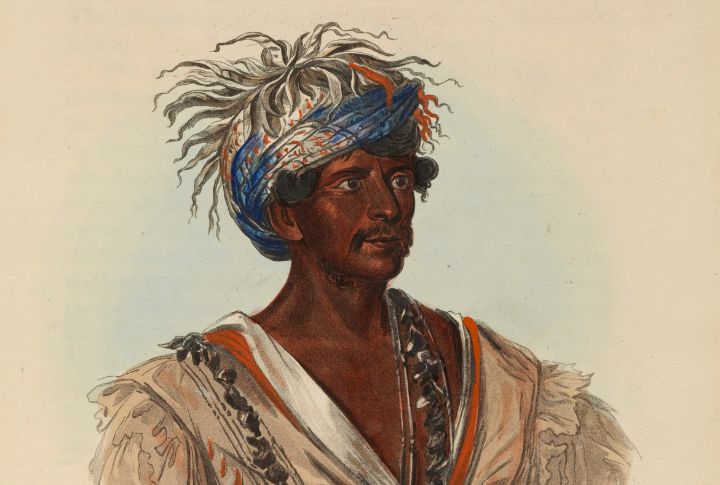
Some believe that Frank Logan or one of his slaves found the first gold deposits in Dukes Creek, White County. Others consider it to be a man named John Witherood. However, this was different to many as they thought an Indigenous Cherokee man discovered the first gold in 1815 at the Chestatee River.
Pike’s Peak Gold Rush
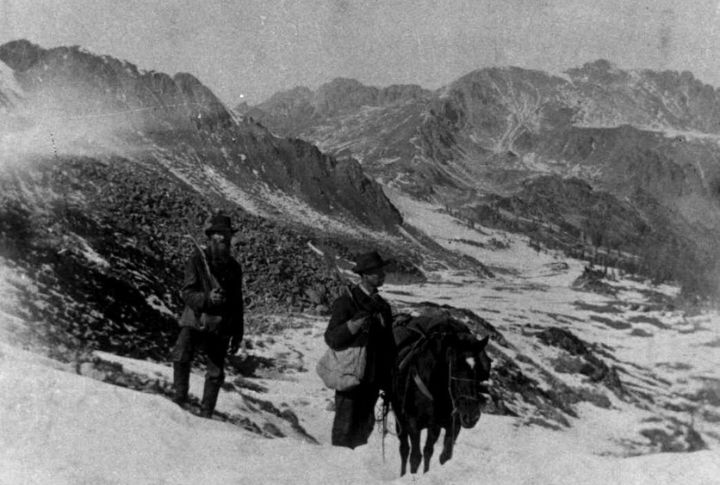
Also called the Colorado Gold Rush, the Pike’s Peak Gold Rush began in 1858 when gold was discovered near present-day Denver, Colorado. The slogan “Pike’s Peak or Bust!” captured the enthusiasm of approximately 100,000 prospectors. Though most of the gold deposits were found south of Pike’s Peak, the rush led to the rapid settlement of Colorado and established Denver.
An Ancient Legend
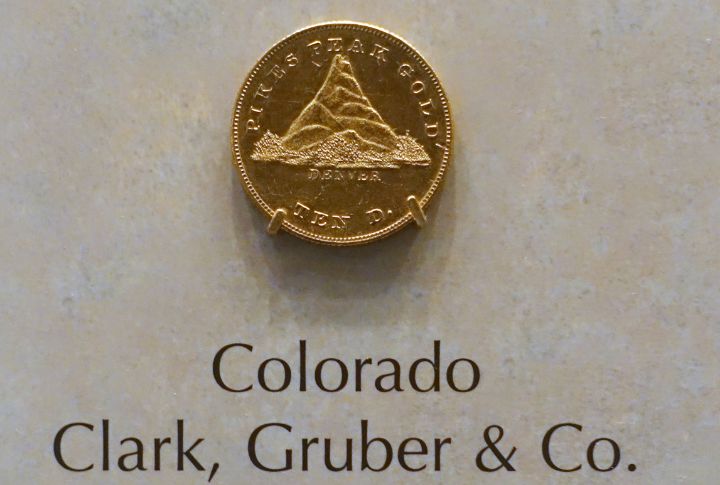
The natives had always told tales about the gold hidden in the mountains of Colorado. But the first real discovery was made by a French man in 1835. Several years later, William Greeneberry, a Georgian man married to a Cherokee woman, used his connections with the tribe to convince the natives to look for gold with him, and he found deposits near the Little Dry Creek.
Porcupine Gold Rush
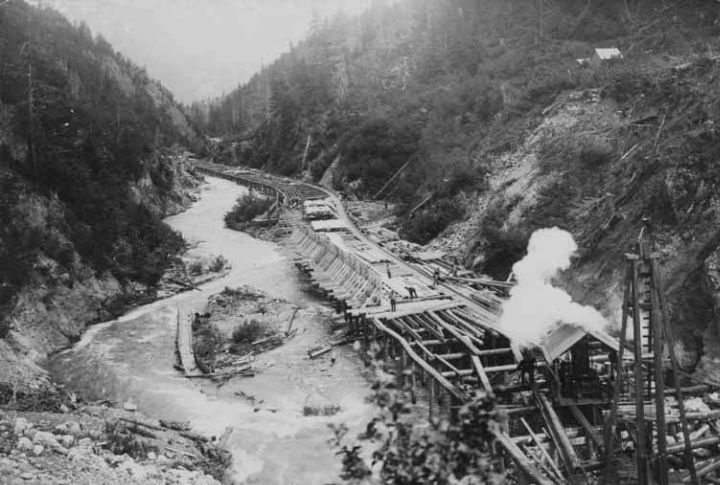
Located in southeastern Alaska, the Porcupine Gold Rush around Porcupine Creek near Haines. This rush was relatively small compared to other gold rushes. Still, it attracted a dedicated group of miners and helped develop the area. Although many miners left disappointed, the Porcupine region continued to be mined for several decades.
Idaho Gold Rush
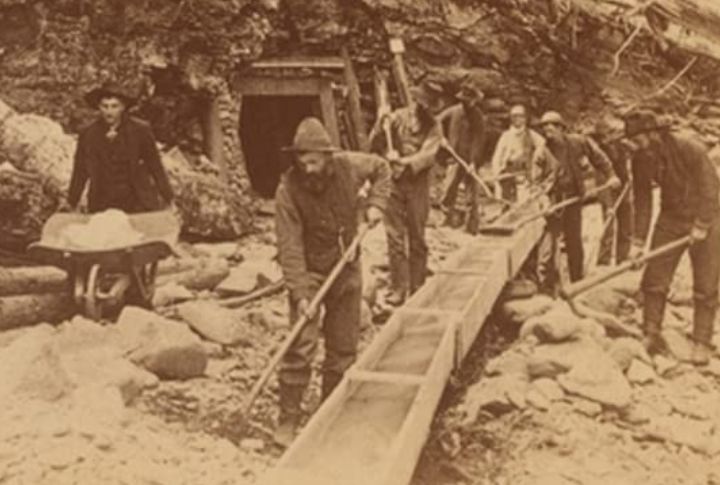
After some gold was discovered in the Clearwater and Salmon River areas in the 1860s, thousands of prospectors rushed to Idaho. Idaho’s gold rush was unique because it spread across various regions, including the Boise Basin County and the Owyhee Mountains, each discovery sparking its own mini-rush. The Boise Basin rush led to more than 90 tons of gold discovery.
A Big Change
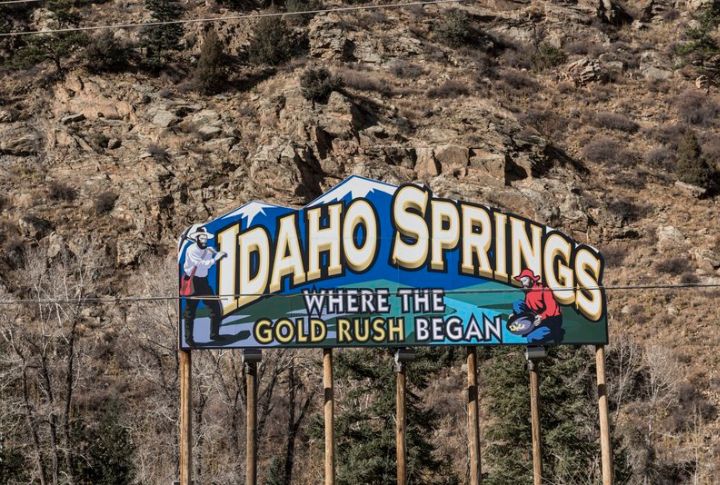
The Idaho Gold Rush led to the development and settlement of this previously remote region. Although trappers arrived in the region as early as 1844, mining didn’t occur until Mormon pioneers and a large population of Chinese immigrants settled in the area. Between 1860 and 1866, Idaho produced 19% of the gold discovered in the US.
Resurrection Creek Gold Rush
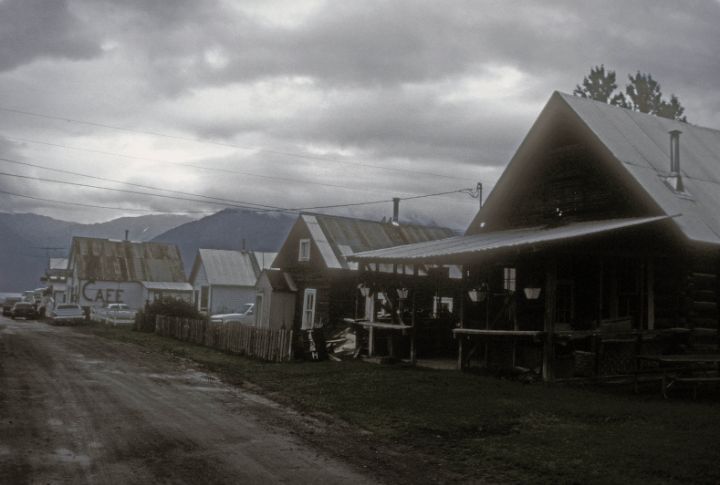
In the late 1890s, the Resurrection Creek Gold Rush took place in what is now Alaska, near the Kenai Peninsula. Although not as large or famous as other gold rushes, the Resurrection Creek area continued to yield gold for many years, even attracting attention during World War II due to its strategic resources.
Nome Gold Rush

The Nome Gold Rush in the remote region of western Alaska was one of the last major gold rushes in the United States. What made this rush unique was the ease with which gold could be found, as miners could literally pick gold nuggets out of the sand. Nome quickly became a bustling town, though it was notorious for lawlessness, harsh weather, and the challenges of isolation.
